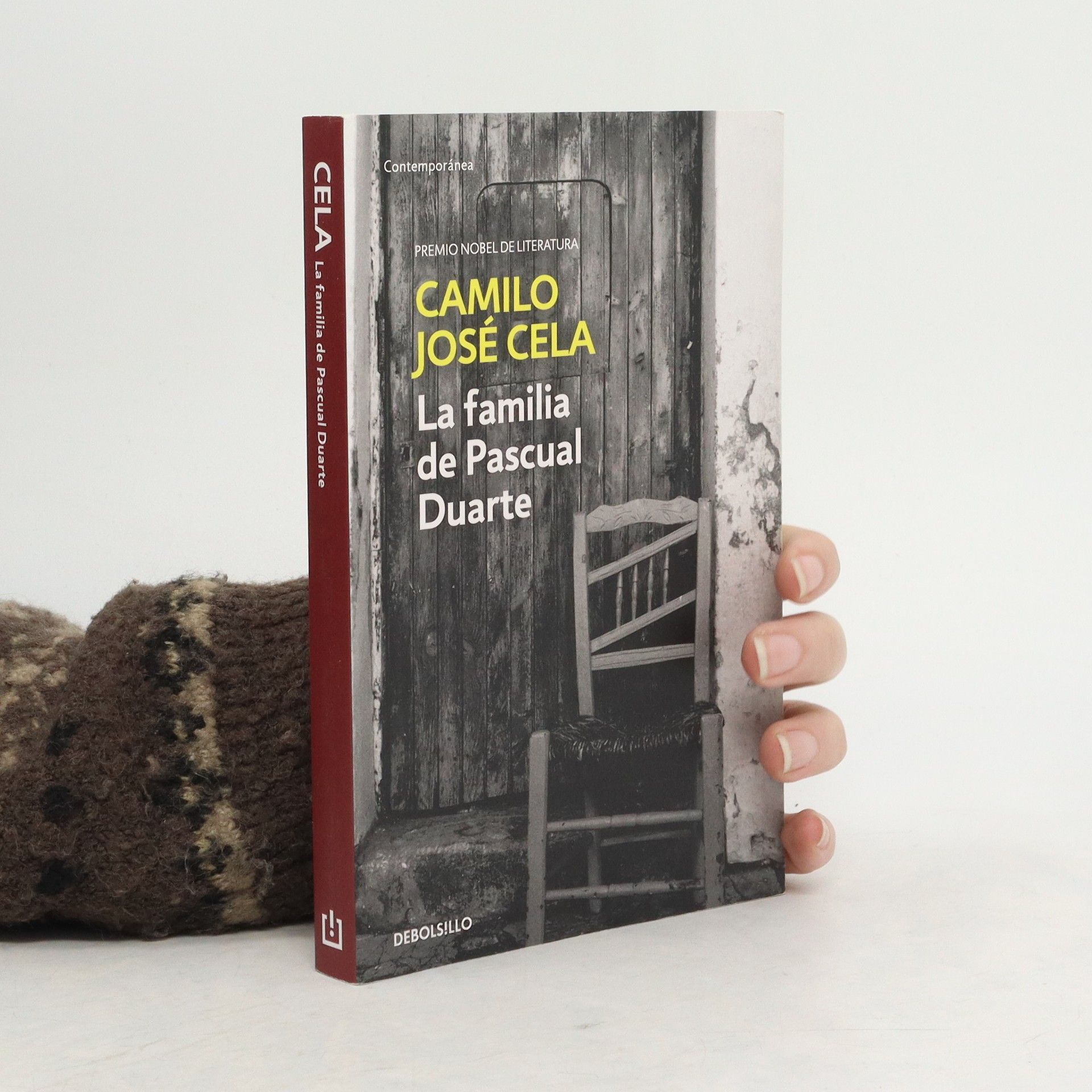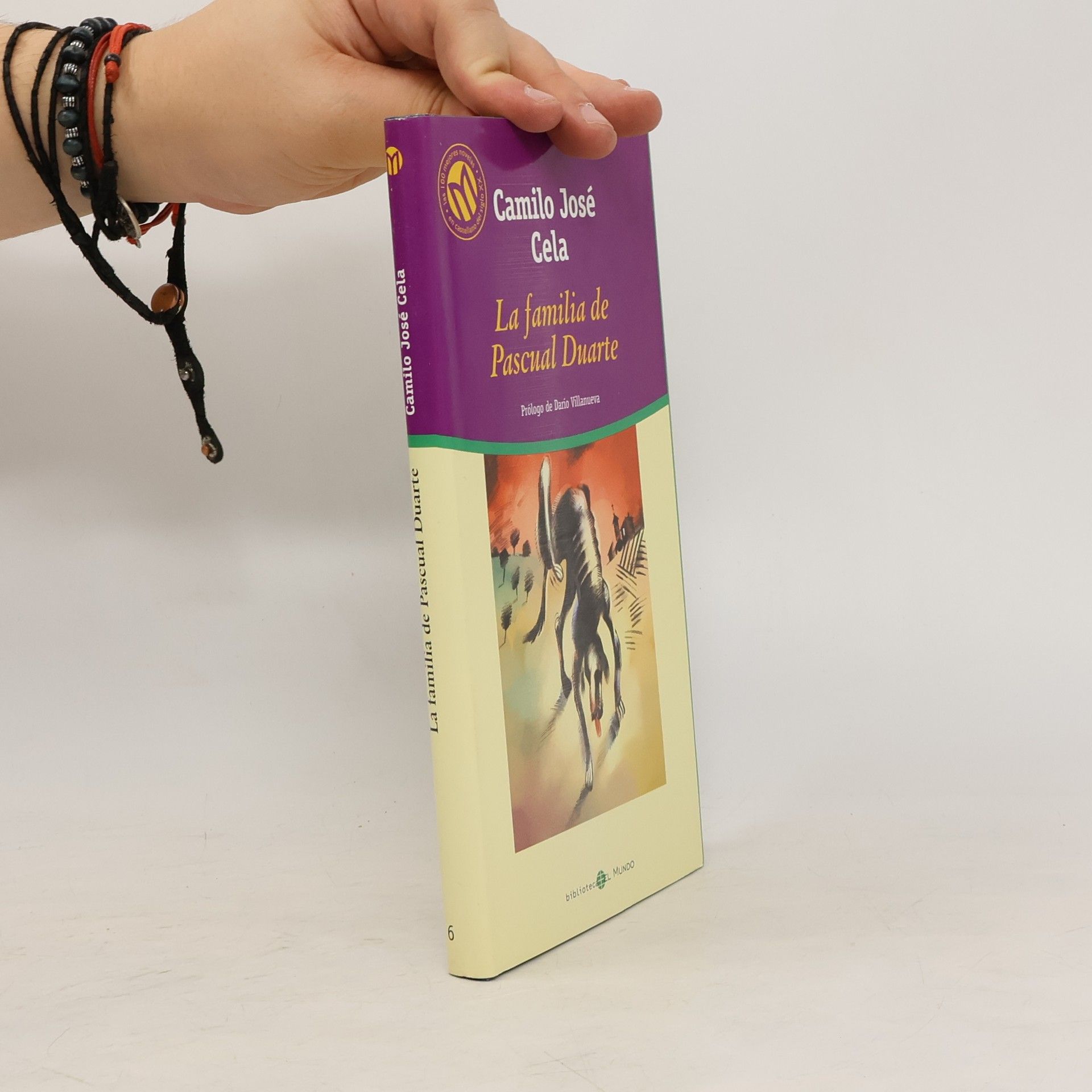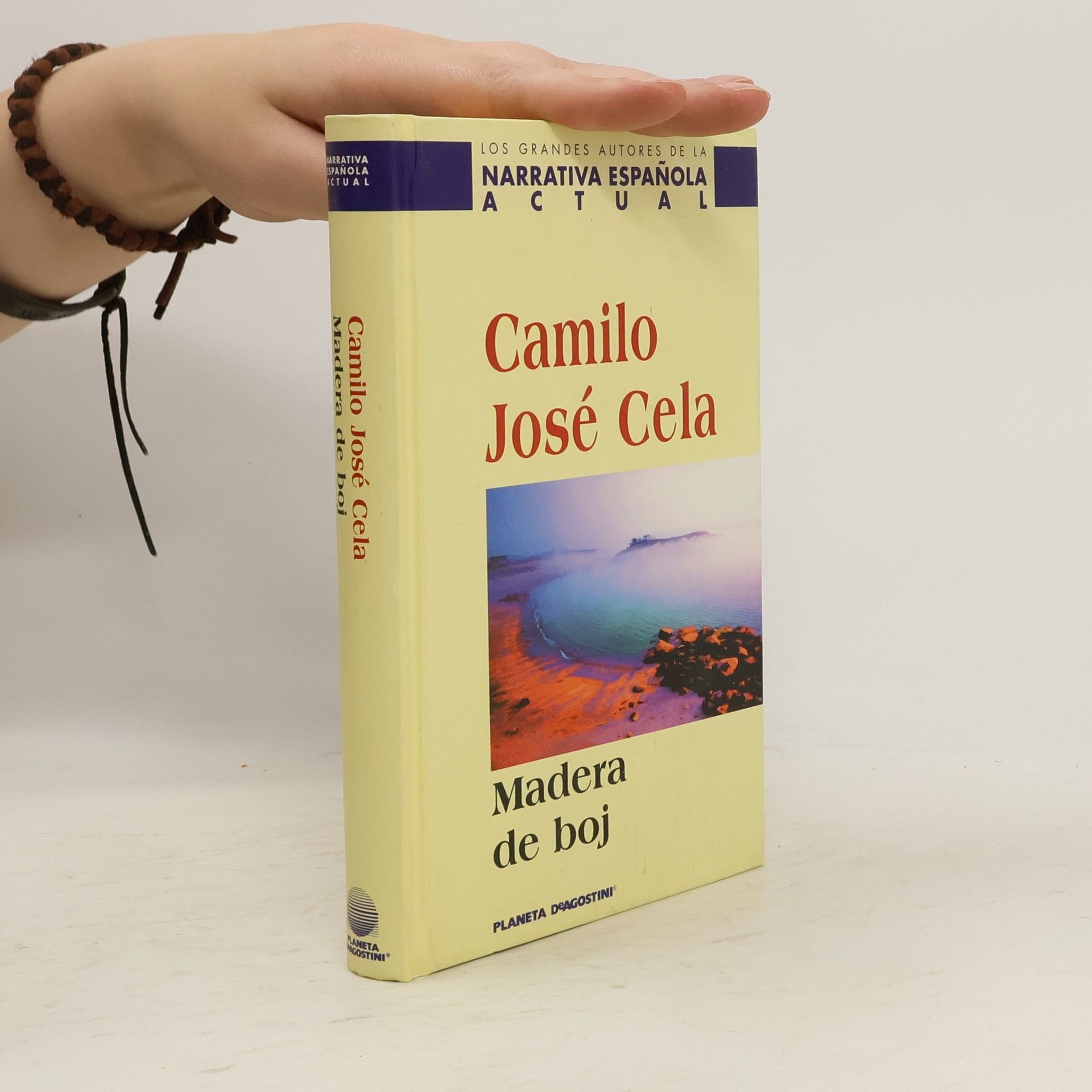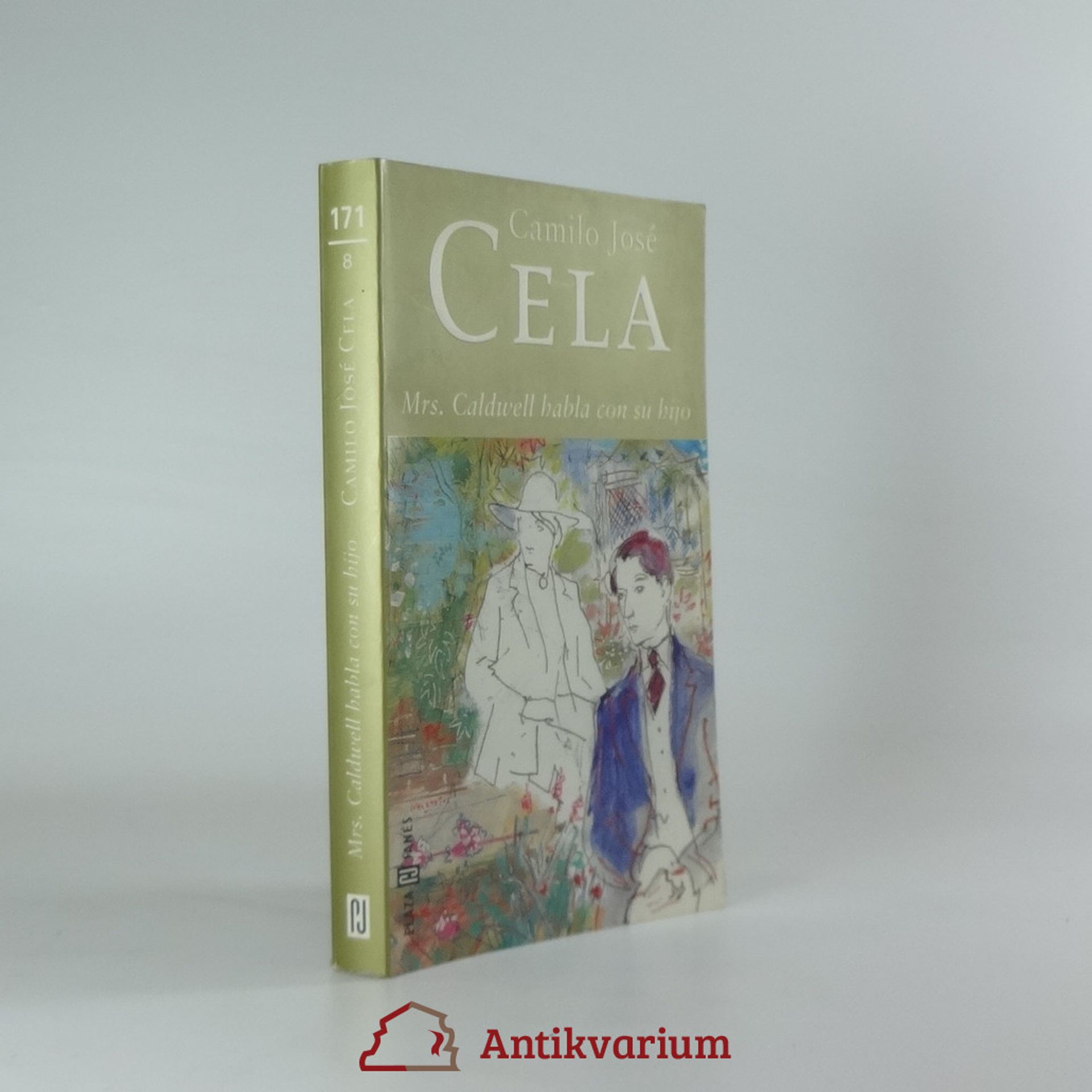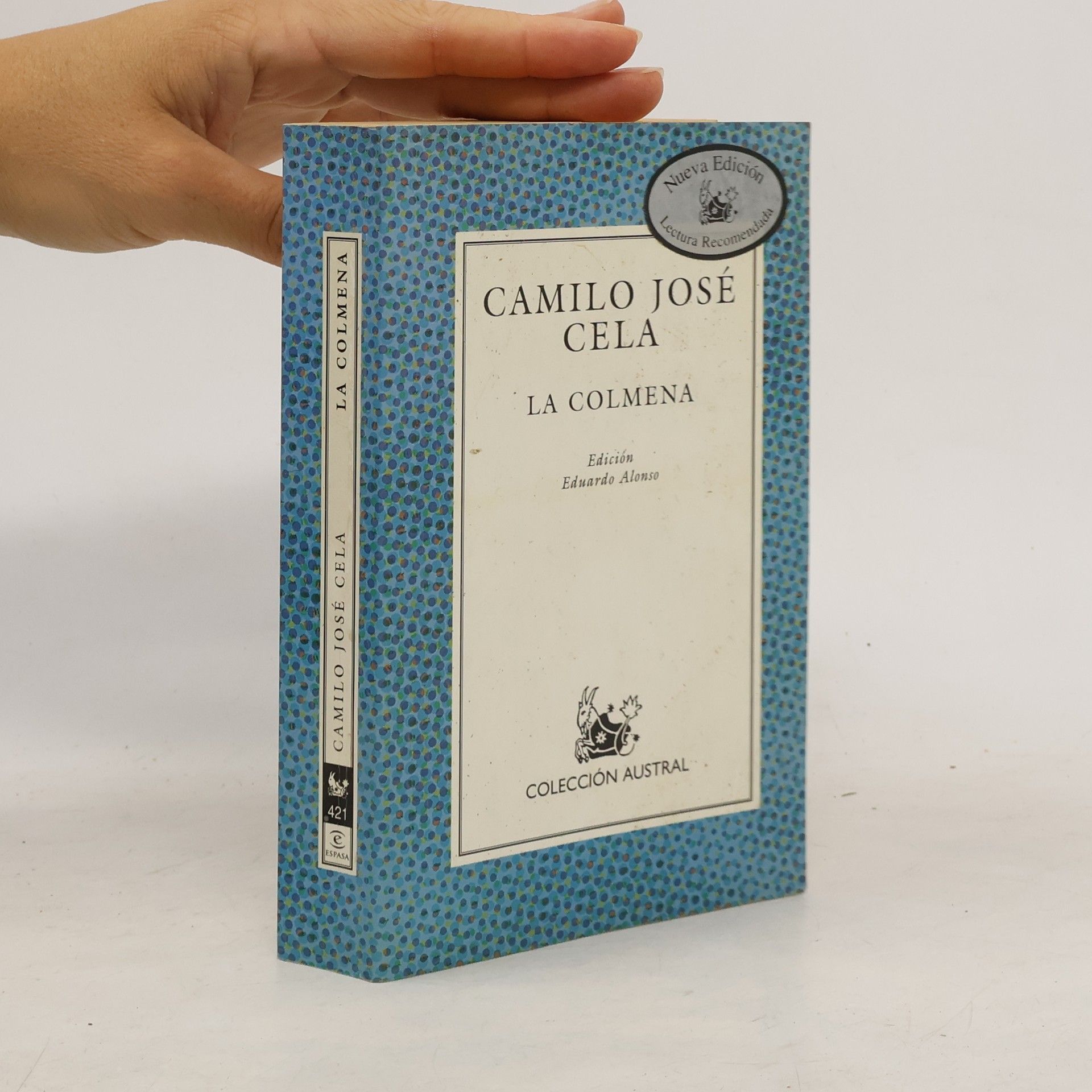La gran novela urbana de Camilo José Cela. En el Madrid de los años inmediatamente posteriores a la Guerra Civil, los destinos de numerosos individuos de varias clases sociales y con diferentes actitudes ante la vida desfilan en una secuencia de breves y fascinantes viñetas narrativas. Con la ciudad como personaje, el conjunto es el retrato de una sociedad en la que el estraperlo, el hambre, la prostitución y el miedo conviven con efímeros destellos de ternura y humor. Publicada en 1951 en Buenos Aires debido a los problemas con la censura, La colmena, una de las obras maestras de Cela, constituye un hito fundamental de la narrativa española, que contribuyó a renovar de manera decisiva. ENGLISH DESCRIPTION In this extraordinary novel of life in Madrid after the Spanish Civil War, Camilo Jose Cela conveys with startling immediacy not only the brutality but also the vitality of life in the city. His style—economical but vivid—carries the reader through a series of vignettes, following Cela’s many characters through the streets and tenements and brothels and, above all, the cafés of the great beehive—la colmena—of Madrid. Both a social document of its time and place and a moving tale of human suffering—and human triumph--under a totalitarian regime, The Hive is “a brilliant and original work” (Gerald Brenan, The New York Times Book Review).
Camilo José Cela Book order
Camilo José Cela is celebrated for his rich and intensive prose, which, with restrained compassion, forms a challenging vision of man's vulnerability. His writing stands out for its captivating style and profound insights into the human condition. Cela delves into the complexities of life with an unflinching honesty. His literary legacy is marked by his ability to engage readers through compelling narratives and a provocative worldview.


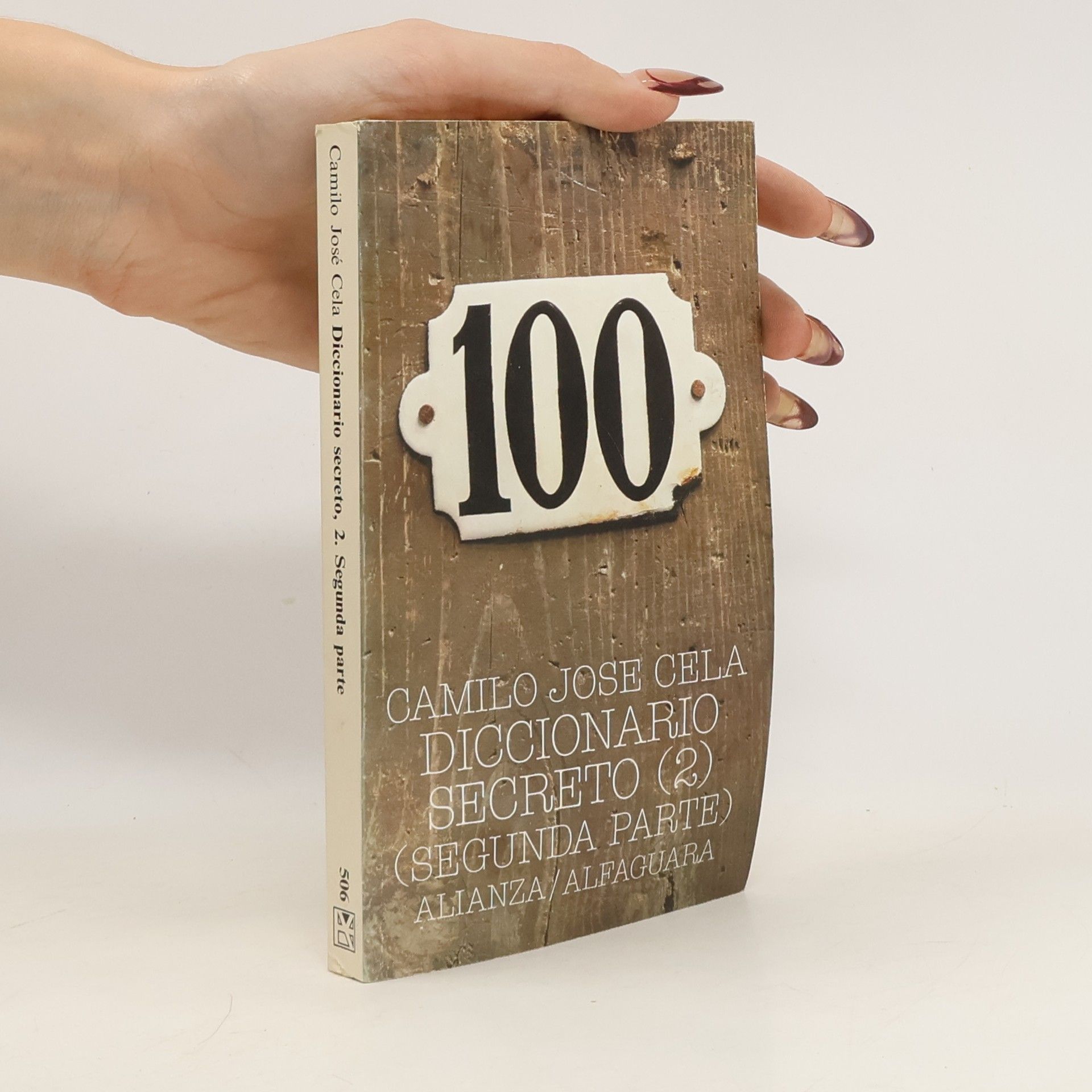


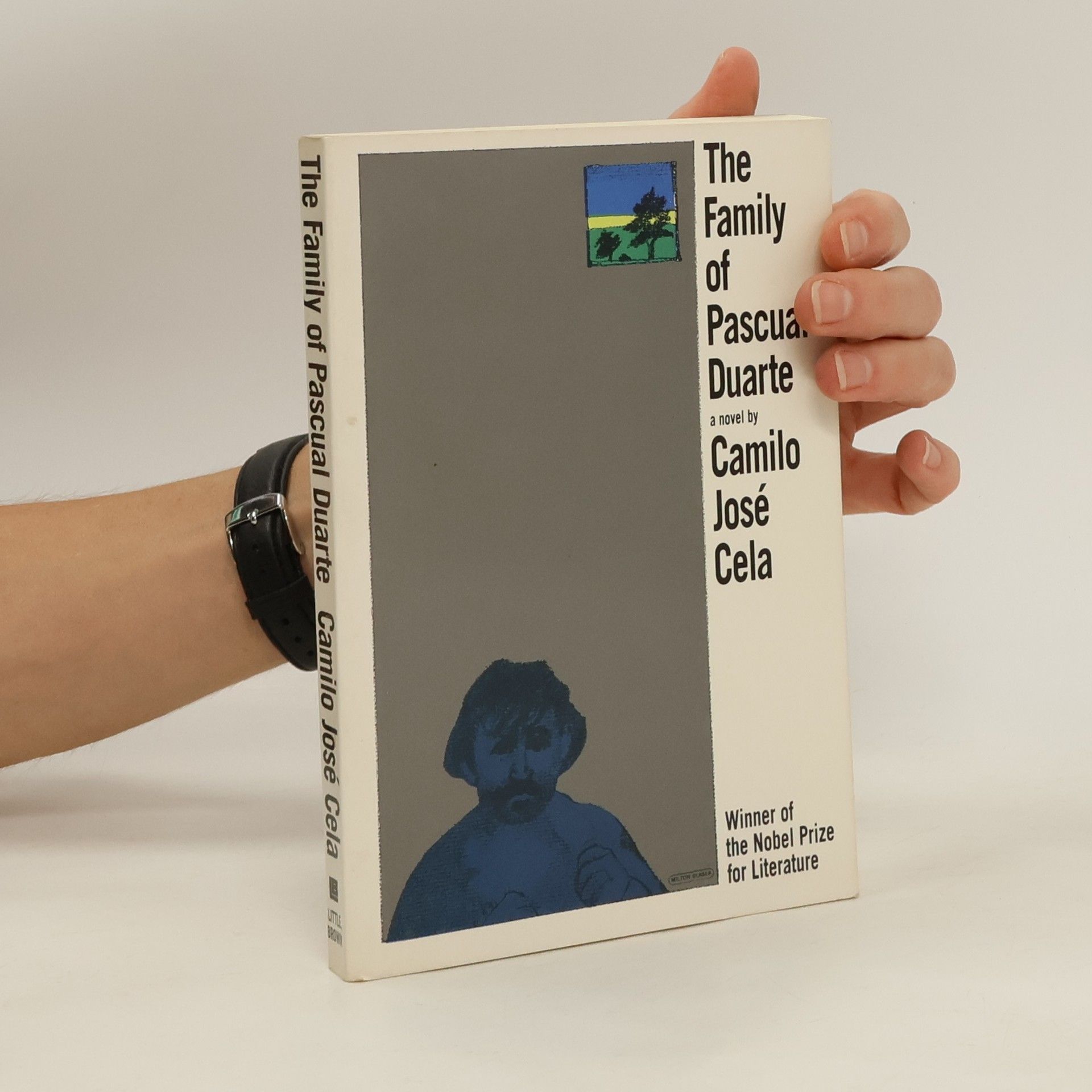
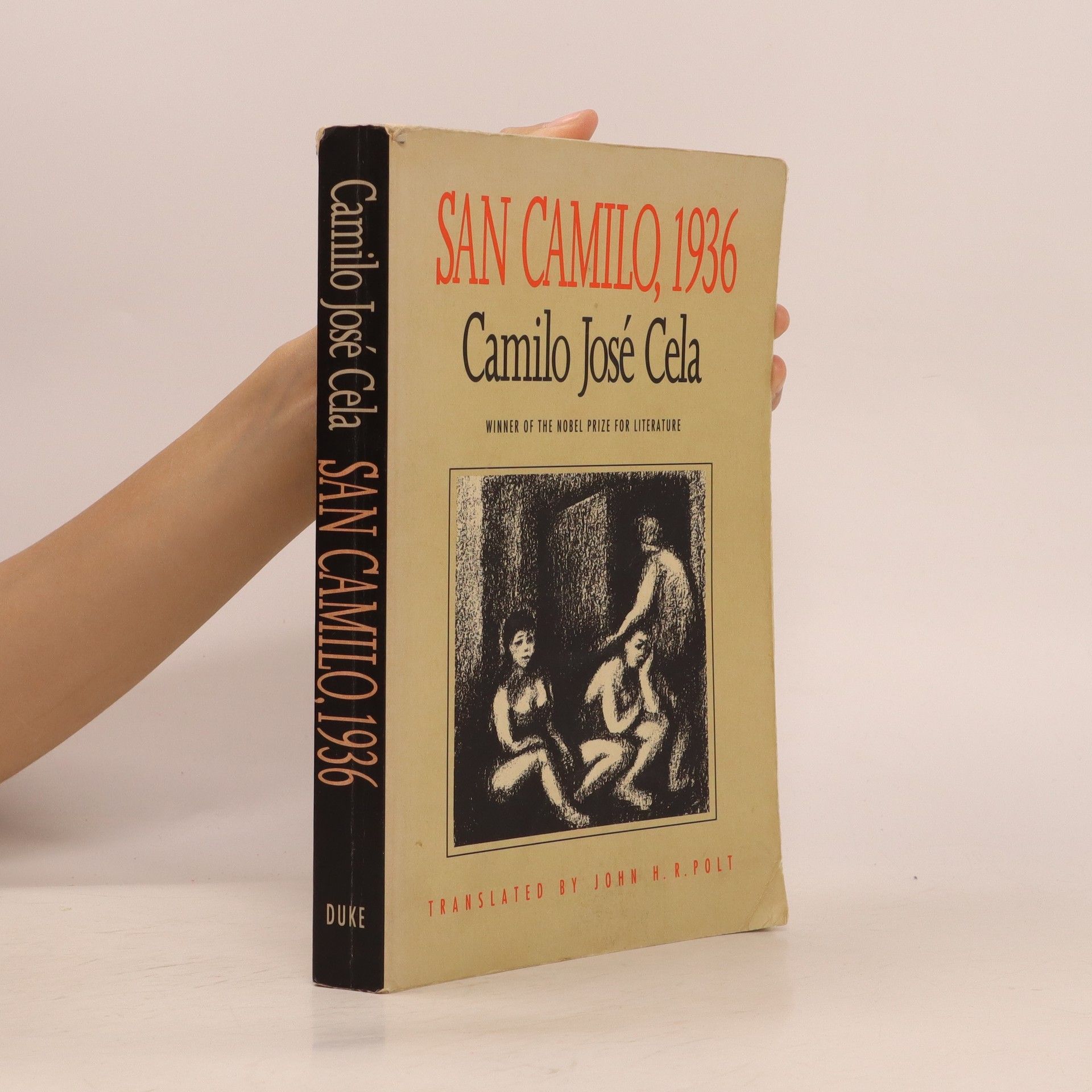
- 2020
- 2020
La Familia de Pascual Duarte / The Family of Pascual Duarte
- 224 pages
- 8 hours of reading
La primera novela de Camilo José Cela, hito en la literatura española de la posguerra. La familia de Pascual Duarte vio la luz en 1942 y tuvo un enorme impacto en el panorama literario español del momento. Primer libro de Camilo José Cela, supuso un valioso punto de partida para la narrativa española de posguerra. La vida trágica de su arquetípico protagonista, gobernada por la más salvaje violencia, era un comentario indirecto sobre la barbarie padecida por los españoles durante la recién concluida Guerra Civil, al tiempo que daba carta de naturaleza a una tendencia literaria renovadora, luego conocida como «tremendismo». ENGLISH DESCRIPTION The first novel by Camilo José Cela, a landmark in postwar Spanish literature. The Family of Pascual Duarte first saw the light in 1942 and had a huge impact on the Spanish literary scene of the time. Camilo José Cela's first book was a valuable starting point for postwar Spanish narrative. The tragic life of its archetypal protagonist, who lived submersed in anguish, pain, and the most savage violence, was an indirect reflection of the cruelty and savagery suffered by Spaniards during the recently concluded Civil War, while at the same it opened the door to a new literary style, later known as “tremendismo”, which is characterized by a tendency to emphasize violence and grotesque imagery.
- 2004
Nobelprijsbibliotheek - 7: De Bijenkorf
- 286 pages
- 11 hours of reading
Madrid tijdens de winter van 1942. De kleine burgerij vegeteert in koffiehuizen en bordelen; het leven sleept zich voort in de monotonie van onbeduidende conflicten en schaarse momenten van geluk. Een bonte stoet Madrilenen trekt voorbij - biddend, ruziënd, roddelend, de liefde bedrijvend...
- 2001
Las 100 mejores novelas del siglo XX en castellano - 6: La familia de Pascual Duarte
- 124 pages
- 5 hours of reading
- 2000
- 1999
Mrs. Caldwell habla con su hijo Cela utiliza como soporte para un interesante experimento literario el recurso del manuscrito hallado. Según nos advierte al iniciarse la novela, Mrs. Caldwell murió en el Real Hospital de Lunáticos de Londres. Dejó dispuesto que sus escritos fueran entregados a camilo José Cela, a quien conociera como joven vagabundo en Pastrana, en su viaje a la Alcarria. El escritor, a la vista del manuscrito y recordando el afecto que sintió por la vieja y extravagante dama inglesa, decidió publicarlos. El libro contiene las cartas que Mrs. Caldwell escribió a su hijo Eliacim, muerto en plena juventud en las aguas del mar Egeo. A través de las cuartillas se nos va desvelando la psicología compleja y atormentada de la mujer, que ha convertido a su hijo difunto en mudo interlocutor de su seductora y alucinante melodía narrativa.
- 1997
Clásicos Contemporáneos Comentados - 12: El gallego y su cuadrilla
- 311 pages
- 11 hours of reading
The work is preceded by a prologue which discusses the author, the importance of his novels & an analysis of the technical & stylistic aspects of the title. An excellent collection for your 20th century Spanish literature classes.
- 1997
Colección Austral - 421: La Colmena
- 447 pages
- 16 hours of reading
La estructura externa está compuesta de seis capítulos y un epílogo. Cada capítulo consta de un número variable de secuencias de corta extensión, que desarrollan episodios que están mezclados con otros que ocurren simultáneamente. De esta manera el argumento se rompe en multitud de pequeñas anécdotas. Lo importante es la suma de las mismas, que conforma un conjunto de vidas cruzadas, como las celdas de una colmena. El marco espacio-temporal es muy preciso: Madrid en unos días del año 1943, en plena posguerra. La historia se basa en un espacio novelesco reducido pero con bastantes personajes que intervienen poco en el transcurso de la obra y dan una visión social coral. De entre los trescientos personajes que aparecen, escasean tanto los de las clases más acomodadas como los de la clase obrera y sectores marginados, predominando la clase media baja, la pequeña burguesía venida a menos, cuyas ilusiones y proyectos de futuro son engañosos y cuyas miradas «jamás descubren horizontes nuevos», en una vida relatada como una «mañana eternamente repetida». La novela aparece como primera parte de una serie que había de llevar el título de «Caminos inciertos». La voluntad de reflejar con exactitud la realidad no supone la absoluta neutralidad del autor, que interviene de dos formas contradictorias. En la mayoría de los casos utiliza la técnica objetivista, es decir, se limita a mostrar, a describir desde fuera, sin penetrar en el interior de los personajes. Otras veces, sin embargo, adopta una actitud omnisciente y comenta con ironía las actitudes de los personajes.
- 1995
El asesinato del perdedor
- 238 pages
- 9 hours of reading
Historia de un joven que se ahorco desesperado ante el acoso de una sociedad represiva y hostil, El asesinato del perdedor ?primera de las novelas escritas por Cela después de obtener el Premio Nobel de Literatura? constituye el nuevo e insuperable retrato de una España negra que todavía pervive.
- 1994
La cruz de San Andrés
- 237 pages
- 9 hours of reading
A través de una larga, estremecedora y minuciosa confesión, que ella denomina "la crónica de un derrumbamiento", Matilde Verdú, la protagonista de La cruz de San Andrés, nos hace un relato puntual de su vida. Sexo, frustración, locura y muerte se entrelazan íntima y amorosamente hasta componer un retablo magnífico y sobrecogedor, que incluye desde los pequeños acontecimientos de la vida cotidiana hasta los sucesos más dramáticos que jalonan su existencia. La cruz de San Andrés se convierte así, de la mano de inteligente y experta de Camilo José Cela -cuya maestría habitual le ha valido el Premio Nobel de Literatura-, en una lúcida y penetrante reflexión moral sobre la condición humana y los avatares que la acechan, en la que no falta el contrapunto sorprendente de un humor teñido de piedad y de ternura. Esta novela ha obtenido el Premio Planeta 1994.
